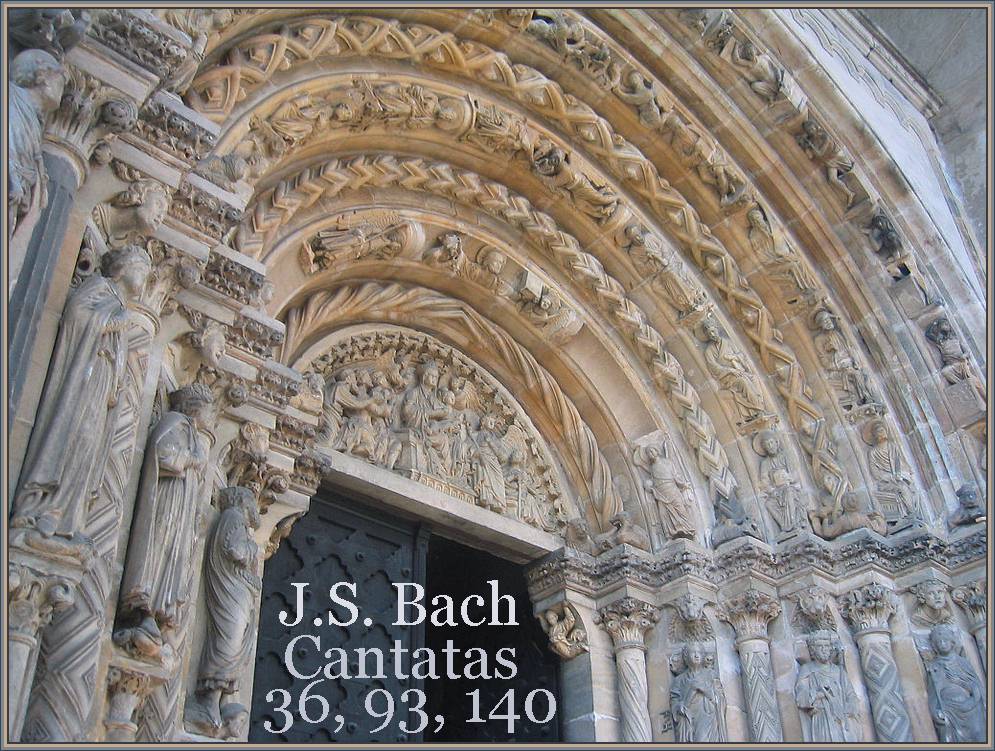 |
|
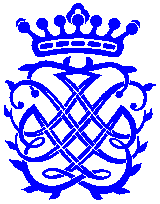 
|
Cantata BWV 140: Wachet auf ruft uns die Stimme. Sleepers wake, the voice is calling Cantata for the 27th Sunday after Trinity, performed November 25th, 1731. Fredrike Sailer, soprano / Hanne Manche, contralto Nikolaus Paid, tenor / Robert Titze, bass Reinhold Barchet, violin; Friedrich Milde, oboe. Stuttgart Choir and Orchestra / Conductor: Marcel Couraud 1. Cantata BWV 140: Wachet auf ruft uns die Stimme. Sleepers wake, the voice is calling Chorus / Tenor Recitative / Chorus / Soprano-bass duet / Chorus / Bass Recitative / Soprano-bass duet / Chorale
Cantata BWV 93: Wer nur den lieben Gott lässt walten. 2. Cantata BWV 93: Wer nur den lieben Gott lässt walten. He who allows God to guide him. Chorus / Chorale & Bass Recitative / Tenor aria / Soprano-alto duet / Chorale & tenor recitative / Soprano Aria / Chorale
Cantata BWV 36: Schwingt freudig euch empor. Lift up your voices with joy 3. Cantata BWV 36: Schwingt freudig euch empor - Lift up your voices with joy Chorus / Soprano-alto chorale / Tenor aria / Chorale / Bass aria / Tenor chorale / Soprano aria / Chorale
|
|
Three more excellent cantatas here.
Cantata 140, Sleepers Wake! opens with a rousing chorus as befits the title; the cantata includes a finely crafted duet between bride and groom, representing Christ and the Soul. The chorale-aria (#4) was used by Bach as one of the Schübler Chorales (BWV 645, recorded on BACH 708). Collectors will note that this is a vintage recording; yet even before digital processing, the recording is wonderfully clear - in particular the four strands (SATB) in the full-choir movements are all individually audible in a way rarely heard even in the most recent recordings. Furthermore, the choir sings with an energy and enthusiasm we have not heard in any subsequently recorded performance. The soloists too are outstanding. Cantata 93 is wholly chorale-based, giving it a satisfyingly uniform character even for those not immediately familiar with the chorale melody itself. The cantata opens with a splendid chorale fantasia, in which the chorale appears both in its straight harmonized form, as well as in polyphonic elaboration. The centerpiece is a chorale-based soprano-alto duet, which Bach also used as one of the Schübler Chorales. Cantata 36 is also a joyous cantata, as its title, Lift up your Voices with Joy implies. It is based on an earlier secular cantata, composed for a royal birthday. This formed the first, third, fifth and seventh movements, to which Bach added movements based on the Lutheran hymn Nun komm der Heiden Heiland. The second movement, a chorale-based soprano-alto duet, is particularly moving. |
 |
 |
 |
 |
 |
 |
 |
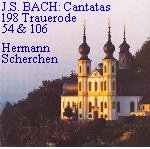 |
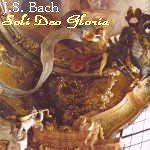 |
 |
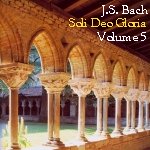 |
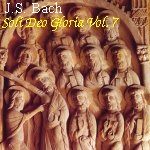 |